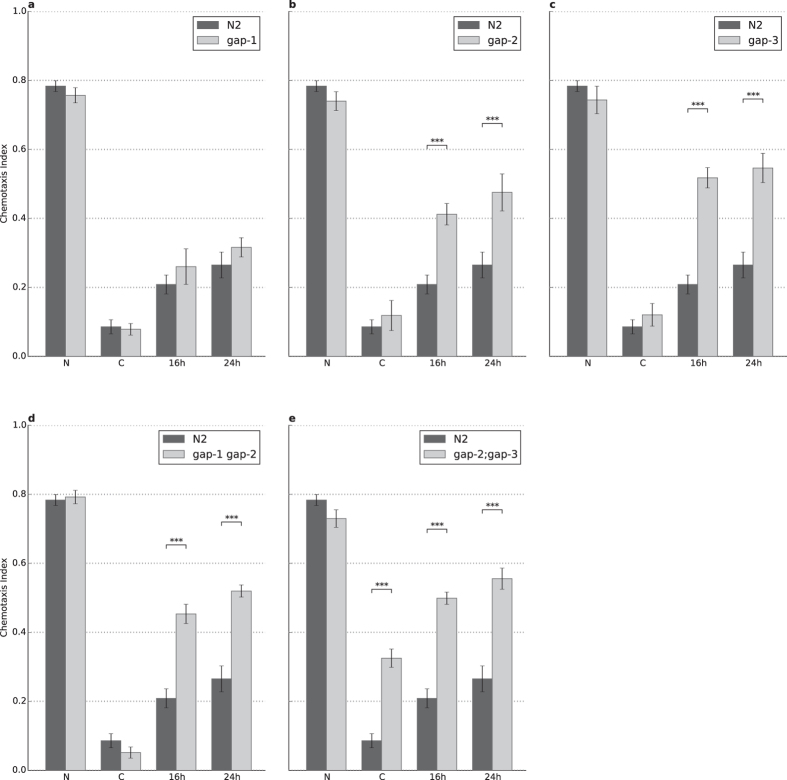Figure 6. RasGAPs are involved in long-term associative memory.
(A) gap-1(ga133) mutants show no significant defect in learning or in long-term associative memory (n = 5). (B) gap-2(tm748) (n = 12, p16h = 5.61 × 10−7, p24h = 6.89 × 10−5), (C) gap-3(ga139) (n = 15, p16h = 9.33 × 10−15, p24h = 1.67 × 10−10), (D) gap-1(ga133) gap-2(tm748) (n = 6, p16h = 2.53 × 10−4, p24h = 5.18 × 10−8) mutants all have long-term associative memory defect together with (E) gap-2(tm748);gap-3(ga139) (n = 9, p16h = 3.57 × 10−13, p24h = 7.93 × 10−7) mutants, which also display learning defect (p = 8.70 × 10−7). The N2 wild type represents the reference on all charts. Naïve (N) animals were conditioned (C), then tested after 0.5 hour recovery (R), and 16 hours (16h) and 24 hours (24h) after conditioning (see Materials and Methods for details). Error bars indicate SD and asterisks indicate significant differences (***P < 0.001).

